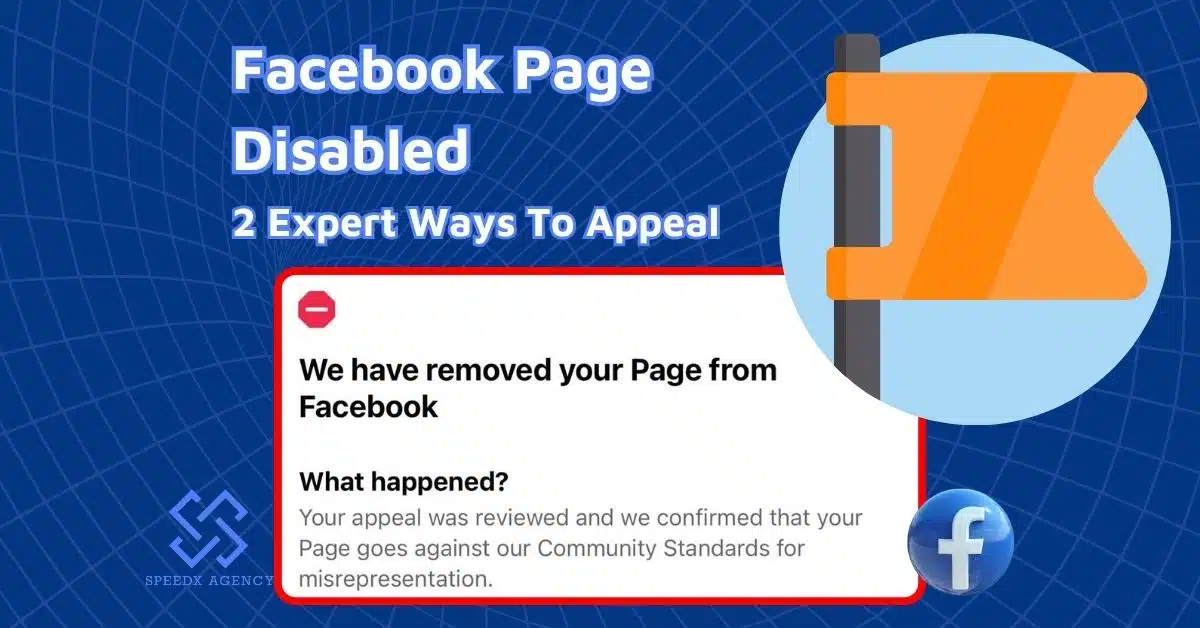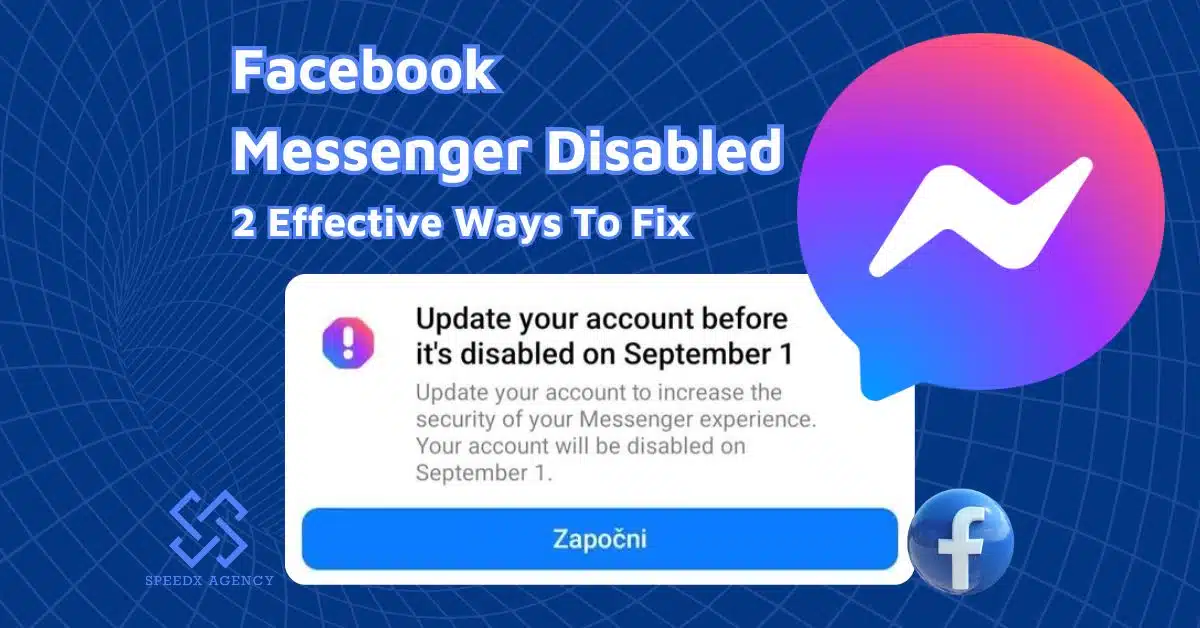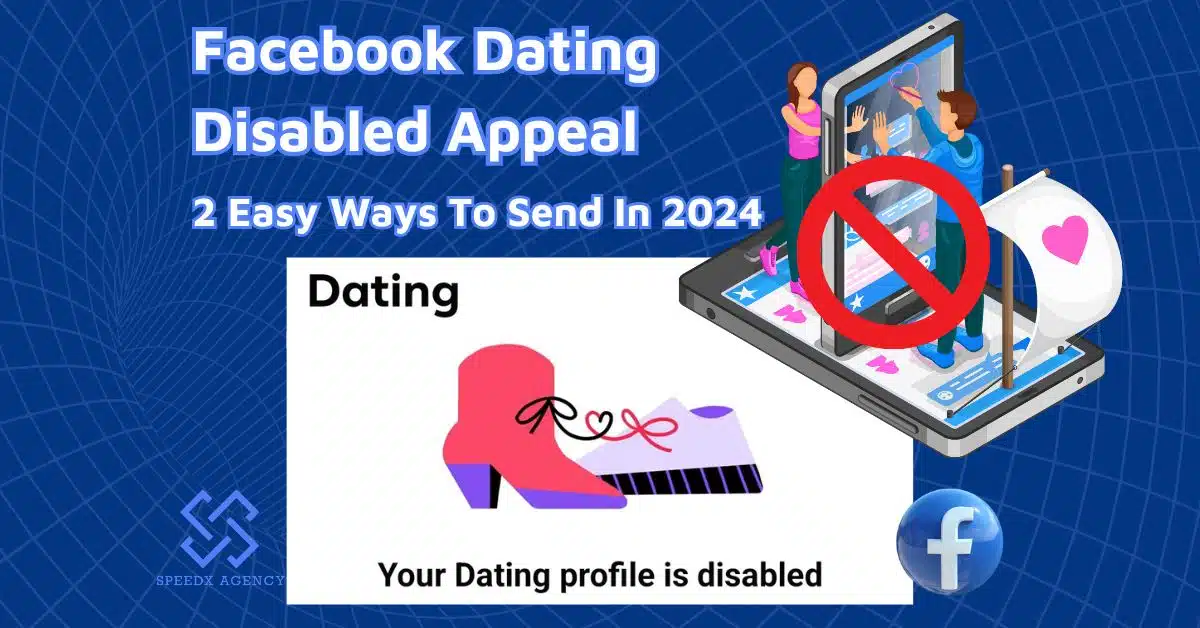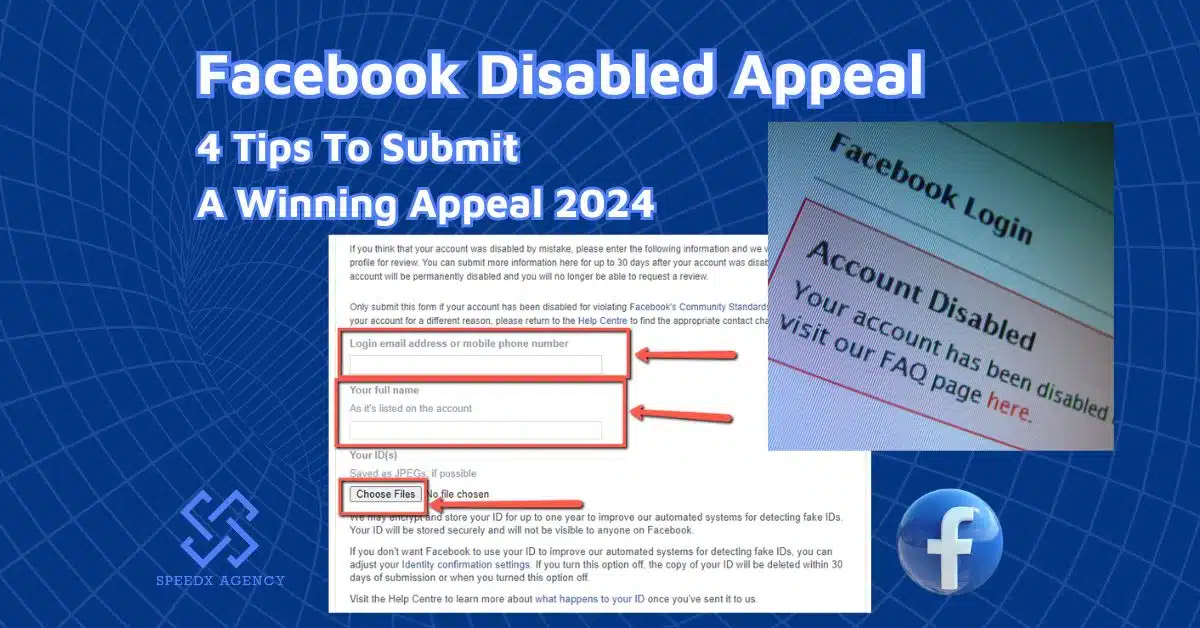 With Facebook remarketing, you seize the ability to record user behavior and analyze it at a highly detailed level. This strategy has become a much bigger traffic driver with more sophisticated retargeting options. So, this comprehensive guide will clue you in on the best practices for Facebook remarketing, from the beginner basics to the expert-grade ones.
With Facebook remarketing, you seize the ability to record user behavior and analyze it at a highly detailed level. This strategy has become a much bigger traffic driver with more sophisticated retargeting options. So, this comprehensive guide will clue you in on the best practices for Facebook remarketing, from the beginner basics to the expert-grade ones.
Table of contents
What Is Facebook Remarketing?

- The core idea remains unchanged: when someone visits your website or engages with your brand, they are marked with a tracking code. Later, as they browse through their Facebook feed, your ad appears, serving as a reminder of your offerings.
- Facebook remarketing includes several variations: app activity, customer lists, and website traffic.
Website traffic
Website traffic remarketing is a crucial part of Facebook remarketing. It targets people who have recently visited your website within a specific time frame.
By installing a Facebook pixel on all pages of your website, you can create custom audiences based on the pages they’ve visited.
For example, if you run a business selling running gear and want to target users interested in sneakers, you can set up an audience that displays ads only to those who have visited pages containing the keyword “sneakers” in the URL.
Customer list
Customer lists allow businesses to create personalized ads for individuals already in their contact list. Whether it’s Facebook user IDs, email addresses, or phone numbers, you can upload these contacts directly to Facebook.
This allows you to tailor ads specifically to individuals based on where they are in your sales funnel, similar to email marketing but with the added reach and targeting options of Facebook ads.
App activity
App activity is another aspect of Facebook remarketing that allows businesses to target users based on their interactions within a mobile app. It is particularly useful for businesses with established apps.
There are various ways to leverage app activity for targeted advertising. For example, if a user abandons a shopping cart within your app, you can target them with ads featuring the same product along with a special discount code to encourage them to complete their purchase.
Also, you can target users who have recently opened your app, completed a purchase (for upselling purposes), or have reached a specific level in a game. In other words, you can tailor your ads to their specific actions within the app.
Why Facebook Remarketing Matters
Remarketing is the old-but-gold standard of a Facebook marketing strategy. It matters as it allows businesses to target their most promising leads using custom audiences and site visitor remarketing tactics.
With Facebook boasting an active monthly user base larger than China’s population and over 22 billion ad clicks annually, the platform offers endless opportunities to expand business through ads.
Leveraging remarketing via Facebook means starting with familiar faces, akin to dating someone you’ve already had a pleasant experience with versus going on a blind date.
People who have previously interacted with your brand, whether by visiting your site, downloading an e-book, or engaging with your app, are more likely to respond positively to your ads than those encountering your brand for the first time.
In fact, Facebook remarketing ads generate three times more engagement than regular Facebook ads, making it a highly effective strategy for driving conversions and growing your business.
>>> Read now: Which Is The Best Facebook Ad Tool For Boosting ROI & Conversions?
8 Best Facebook Remarketing Practices
How to use Facebook remarketing to get the most out of it? Below are the 8 best practices marketers should adopt today to make this strategy a game-changer!
Remarket page visitors

However, for larger audiences, creating specific audiences based on pages that indicate intent, such as those who visited a page to sign up for a free trial but didn’t complete the request, is ideal.
Page visitor remarketing can be more rewarding if you create audiences based on URL parameters. That means audiences can be generated from any part of the URL string, including subfolders and parameters.
For instance, if you’re targeting specific LinkedIn groups or skills, you can use Facebook as an additional remarketing source by creating audiences from UTM tags associated with that campaign.
This allows you to tailor your ads to specific interests. Moreover, you can segment URL-driven audiences by time spent on the page, targeting individuals in the top 5%, 10%, or 25% of time spent. This approach helps focus on users with the highest engagement levels.
Remarket conversion events
Another suggested practice when it comes to how to do remarketing on Facebook is to target conversion events. If remarketing based on page views doesn’t provide the desired audience size,
Facebook allows creating audiences based on conversion events tracked on your website. That’s beneficial for both targeting your audience to move them further along the sales funnel and for exclusions.
Remarketing conversion events allow you to focus your ads on users who are more likely to take desired actions, like making a purchase or signing up for a trial.
Besides, using conversion events for exclusions helps avoid targeting individuals who have already completed certain actions, regardless of whether Facebook was the source that drove those actions.
Remarket online & offline activities
The course on how to remarket on Facebook can not be complete without the lesson “Remarketing online and offline activities.” This practice offers a opportunities to engage with your audience across various touchpoints. Upload audience lists for precise segmentation based on various criteria.
Then, you can choose to target existing customers, warm leads that haven’t converted, or individuals in the sales pipeline. Plus, you can remarket to users who have taken high-funnel actions to encourage them to take low-funnel actions, further advancing them through the customer journey.
Remarketing offline events involves leveraging data from offline activities, such as store visits or events tracked through text messages. It allows you to reach out to visitors or attendees and guide them through the sales funnel. Also, you can inform them about relevant promotions or encourage further engagement.
Concerning remarketing online activities, Facebook offers the option to create audiences based on various engagement metrics, such as people who have saved your page or posts, sent a message, clicked a call-to-action (CTA), visited your page, or engaged with your content.
Remarketing lead generation forms is another valuable tactic. You can target individuals who opened a form, opened but didn’t submit it, or opened and submitted it. The next step you need to do is simply guide them towards the desired action, whether it’s downloading content, signing up for a demo, or completing a purchase.
Remarket shopping experience
If you wish to make remarketing on Facebook yield higher conversions, aim at altering the shopping experience. Facebook offers various in-platform remarketing options tailored for ecommerce needs. For instance, if you have a Facebook shop, you can remarket to people who:
- Added items to their cart.
- Saved products for later.
- Viewed your shop.
- Viewed specific products (or those who viewed and clicked through to your website for more details).
You can also remarket engagement with your instant experiences. This includes targeting those who open the instant experience or who clicked links within the instant experience.
Remarket those who abandoned carts

This presents an opportunity for businesses to reconnect with these potential customers through Facebook ads. A remarketed ad can prompt them to return to the business’s page and complete the transaction. Include an irrefutable reason for them to complete the purchase, such as a special discount or limited-time offer. Also, create a sense of urgency to encourage these leads and convert immediately.
Dynamic remarketing ads
Dynamic remarketing ads display specific products to users based on their previous interactions with your online store. For instance, if someone views a particular handbag on your website, they will see that same handbag promoted in Facebook ads.
These ads are particularly effective because they showcase products that users have already shown interest in, making them more likely to convert. To set up dynamic remarketing ads, you’ll need the Facebook pixel or SDK installed on your website to track user behavior.
Additionally, you’ll need a Business Manager account and a product catalog uploaded to your Business Manager. Having a product catalog enables you to display the most relevant products to each individual user. If your website is supported by Facebook Marketing partners like BigCommerce, Shopify, or Magento, setting up dynamic ads is effortless.
These platforms automatically integrate with Facebook’s dynamic ad system. Once you’ve set up your product catalog for dynamic remarketing, consider testing catalog ads as well to further optimize your remarketing efforts.
Don’t worry if you’re new to this advertising format. When you use the Facebook Agency Account For Rent from us, our team of expert advertisers is always ready to lend you a hand in crafting your ad projects, whether they’re carousel ads or dynamic ads or any type of Facebook ads.
Apart from that, you also have premium access to advanced ads features and don’t have to worry much about suspensions or bans. Facebook agency ads account from SpeedX Agency are highly reputable.
Just contact us to learn more!
Layer your custom audience
Of course, you need to keep refining your audience targeting. This practice enhances the relevance of your ads by focusing on a more specific audience rather than a broad group.
For example, if you’re retargeting people interested in diapers, there’s a diverse range of people within this category such as moms, dads, grandparents, aunts, uncles, and friends of parents.
However, an ad featuring parents with a baby may resonate with moms and dads, but it might not be as appealing to grandparents. Instead of creating one generic ad for all these groups, layering custom audiences allows you to create more personalized ad experiences.
Track & Optimize the results
After launching your campaign, it’s crucial to track and analyze the results to ensure you’re not wasting money on the wrong audience. Check if your targeting resonates with the custom audience.
If not, consider adjusting targeting, messaging, or creative. Metrics like Cost-per-click (CPC), Frequency (how often the ad is shown), and Relevance Diagnostics (ad relevance to the audience) are essential.
Conversions (total transactions) and Conversion Value (total transaction amount) are also crucial, especially for remarketing campaigns targeting audiences already aware of your product.
You can also analyze specific ad creatives to see which perform best, whether static images, videos, or long-form content. This granular approach helps optimize your Facebook remarketing campaign effectively.
Wrapping Up
Mastering Facebook remarketing can significantly boost ROI by re-engaging interested customers. Implement the 8 best practices above and mix them into a well-structured marketing plan – you’ll see how they do good for your marketing metrics! Oh, don’t forget to keep tracking and optimizing results.









